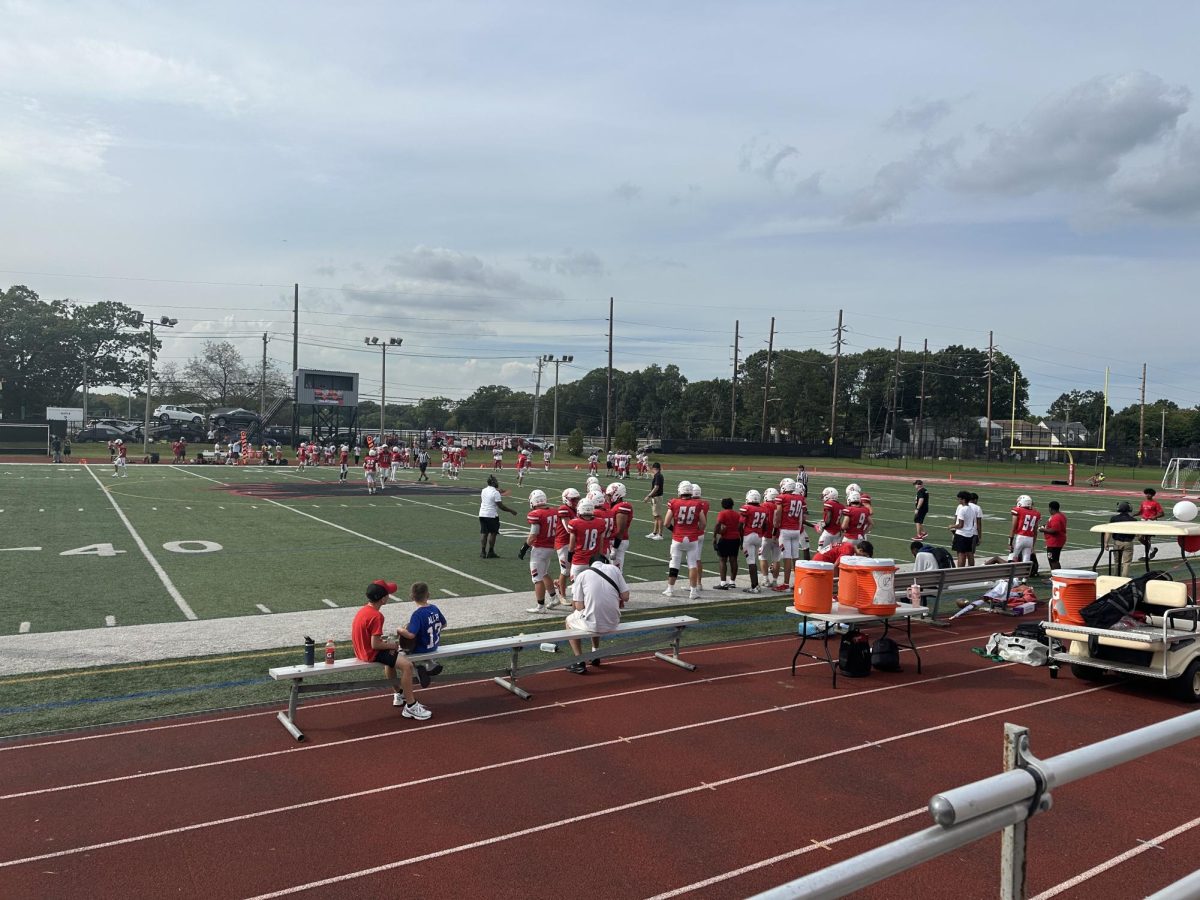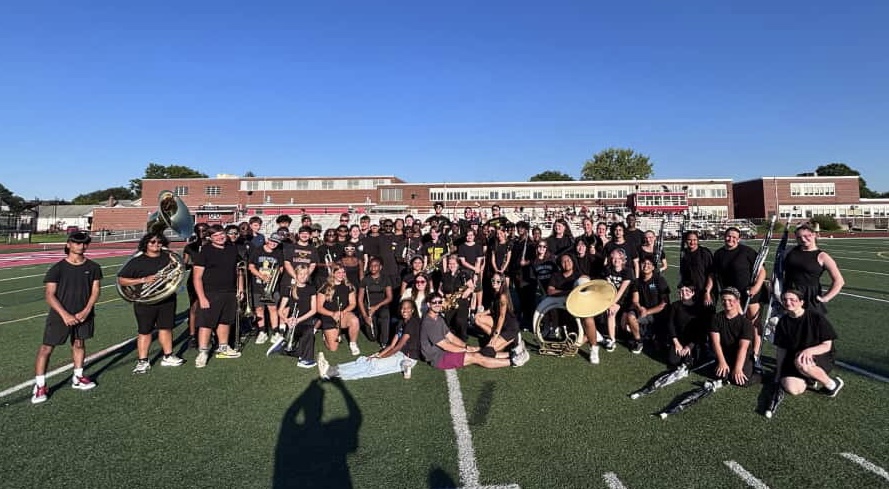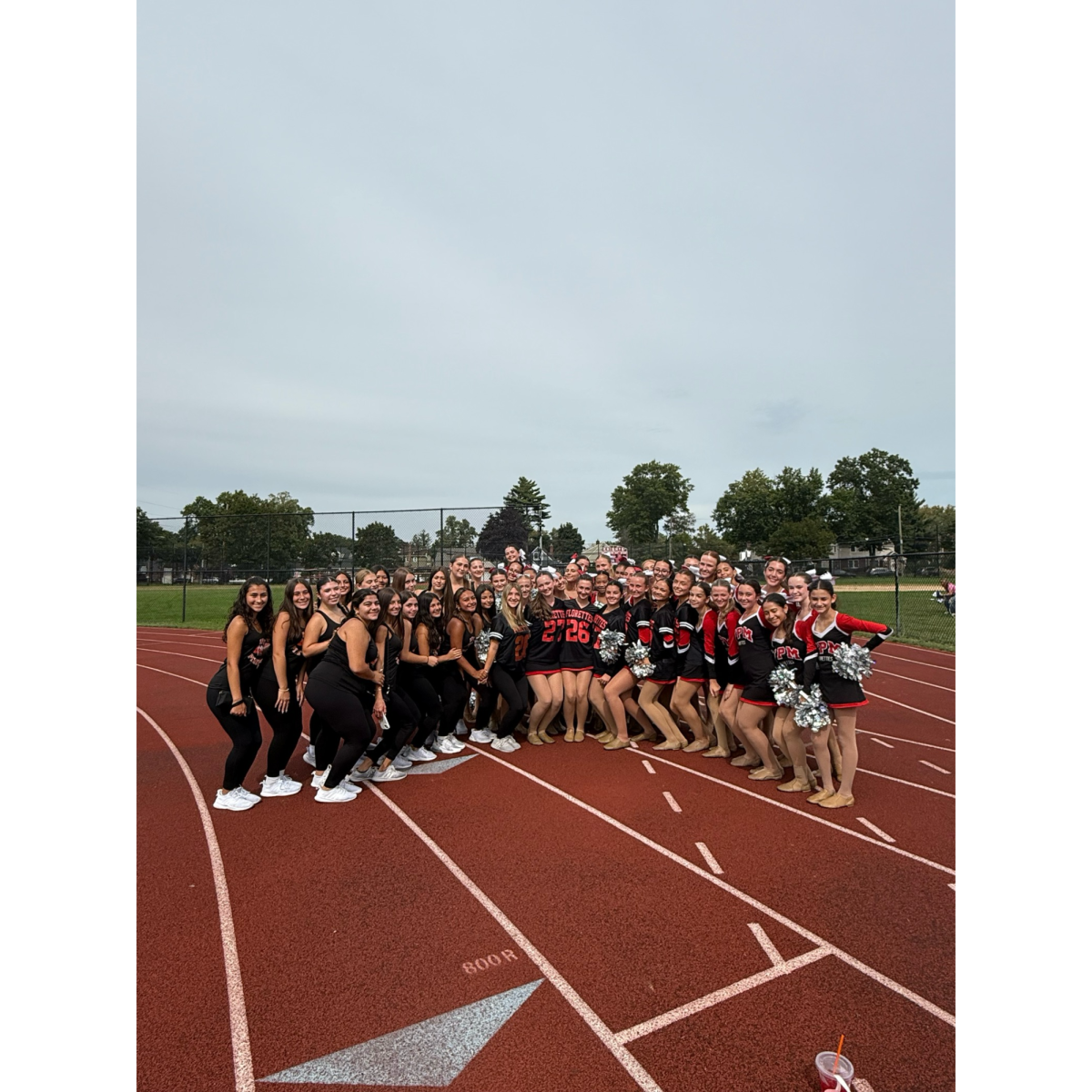FPM’s Gay-Straight Alliance Participates In The National Day of Silence
Is GLSEN’s national day of action an effective tactic in countering the silencing of LGBTQ+ youth?
April 17, 2015
On April 19, teachers throughout the country can expect to have a few silent voices in their classroom. But it will not be due to students’ lack of interest in their lessons.
This date has been designated as a National Day of Silence by GLSEN, the Gay Lesbian Straight Education Network. The objective of GLESN’s Day of Silence is to protest harassment and the systematic silencing of LGBT youth. In a symbolic gesture, those who take part in the day pledge their own silence, hoping to represent LGBT youth silenced by physical and verbal harassment as well as the external pressure to conform.
In any approach to activism, silent or not, the prime objective is to educate. Below are statistics from GLSEN’s 2013 National School Climate Survey, demonstrating the clear need for activism.
- 85% of LGBT students were verbally harassed this year
- 30% of LGBT students missed school in the past month because they felt uncomfortable
- 36% avoided gender segregated spaces in school because they felt unsafe
- 71.4% of LGBT students heard “gay” used in a negative way frequently or often at school, and 90.8% reported that they felt distressed because of this language.
- 64.5% heard other homophobic remarks (e.g., “dyke” or “faggot”) frequently or often
- 51.4% of students reported hearing homophobic remarks from their teachers or other school staff, and 55.5% of students reported hearing negative remarks about gender expression from teachers or other school staff.
- 74.1% of LGBT students were verbally harassed (e.g., called names or threatened) in the past year because of their sexual orientation and 55.2% because of their gender expression.
- 36.2% were physically harassed (e.g., pushed or shoved) in the past year because of their sexual orientation and 22.7% because of their gender expression.
- 16.5% were physically assaulted (e.g., punched, kicked, injured with a weapon) in the past year because of their sexual orientation and 11.4% because of their gender expression.
- 49% of LGBT students experienced cyberbullying in the past year.
- 56.7% of LGBT students who were harassed or assaulted in school did not report the incident to school staff, doubting that effective intervention would occur or the situation could become worse if reported
- 61.6% of the students who reported bullying said that school staff did nothing in response
While the intent of this day is to promote acceptance, and end all forms of discrimination and bullying, some in the student body criticize it as a day of inaction. Junior Meena Natarajan had strong words about Day of Silence.
“The day is just another opportunity for straight allies to continue to do nothing and feel good about it (similar to the It Gets Better Campaign),” said Natarajan. “The general public will continue not to listen to us. If allies really wanted to help the LGBT community, they would use their privilege to call out the homophobia they see every day in their friends and family. Gay people really need visibility, they don’t need more silence.”
Although she values the symbolic nature of the Day of Silence, Natarajan believes that the day “literally silences us more.” She asked, “How many allies are going to participate in this compared to how many are willing to actually speak about LGBTQ issues to people they have influence over? How many people will actually research LGBT history and current events after this event?”
Advocating for a more vocal style of activism, Natarajan added, “A day of silence is worthless compared to a day of discussion. Instead, let’s talk about LGBT people and history in classes and receive sex education from a perspective other than a straight one.”
For too many gay youth, every day is a day of silence. The National Day of Silence, at the very least, brings added attention to a critical issue facing young people today. As more states permit same-sex marriage, with a decision on this issue expected by the Supreme Court this June, progress is being made. However, religious freedom laws like the one recently passed (and amended) in Indiana, are a tremendous cause for concern.
Learn more with the complete 2013 National School Climate Survey at http://www.glsen.org/sites/default/files/2013%20National%20School%20Climate%20Survey%20Full%20Report_0.pdf
Students can show their support to raise awareness about anti-queer harassment by donning a pride ribbon and wearing purple. The LGBTQ+ Club is distributing gay pride ribbons, information packets and stickers for those who wish to participate. All materials can be found in the Music Department Office.







